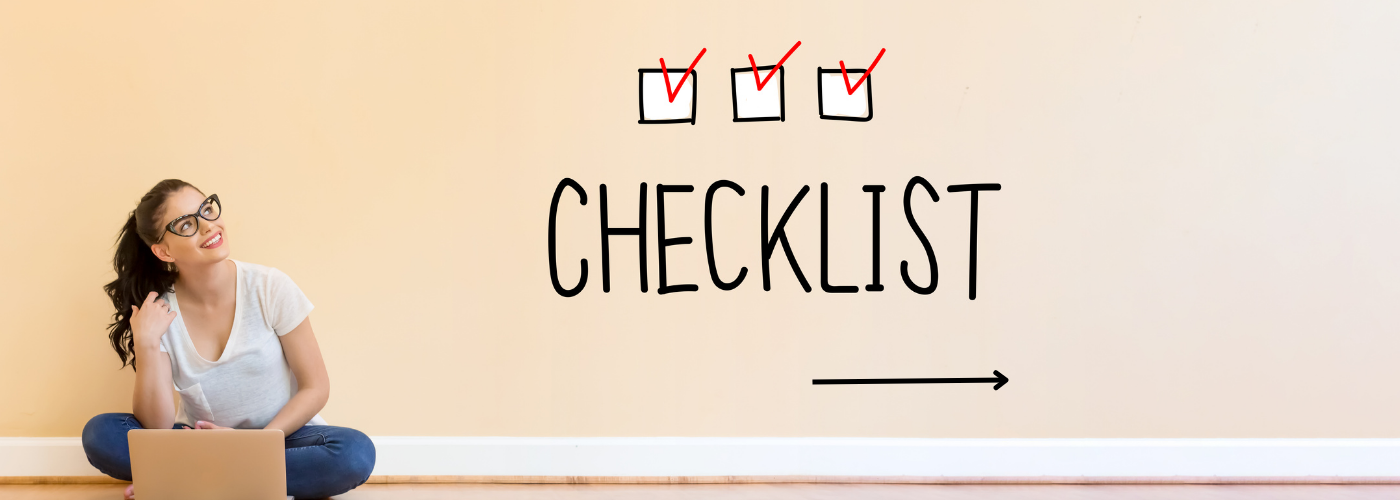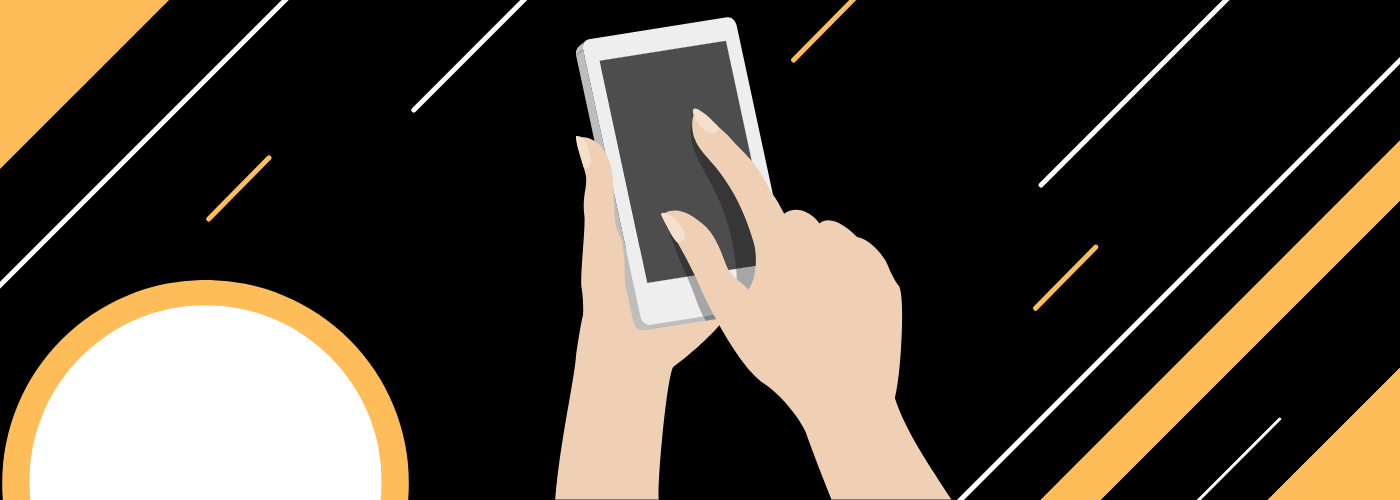‘Design for emotion’ in customer communications
When designing with emotion, you are communicating with your target audience. It is possible to make communication easier if one predicts how users will engage with a product and how they will feel about it. When we interact with the various things in our environment, we are meant to experience a wide range of emotions. As we get more experience with the world and the changes that occur around us, these sensations are eventually converted into emotions, and as a result, we may feel pleased, frustrated, satisfied, bored, or even hateful.
How is Emotion Connected to Design?
Everything in our environment has been designed in some way, and the end result of any design endeavour is an emotional response. Moment by moment, we have an emotional response to the environment around us, such as a liking or disliking of something, elation, joy, or irritation. We ‘feel’ it. It’s very close to home.
In the field of user experience specialists, there is an ancient saying that goes as follows: “interaction with every product causes an experience (feeling), regardless of whether or not it had UX.” Take industrial design as an example; its finished products almost always provoke some sort of emotional response from consumers, whether that response is positive or negative, gratifying or exasperating.
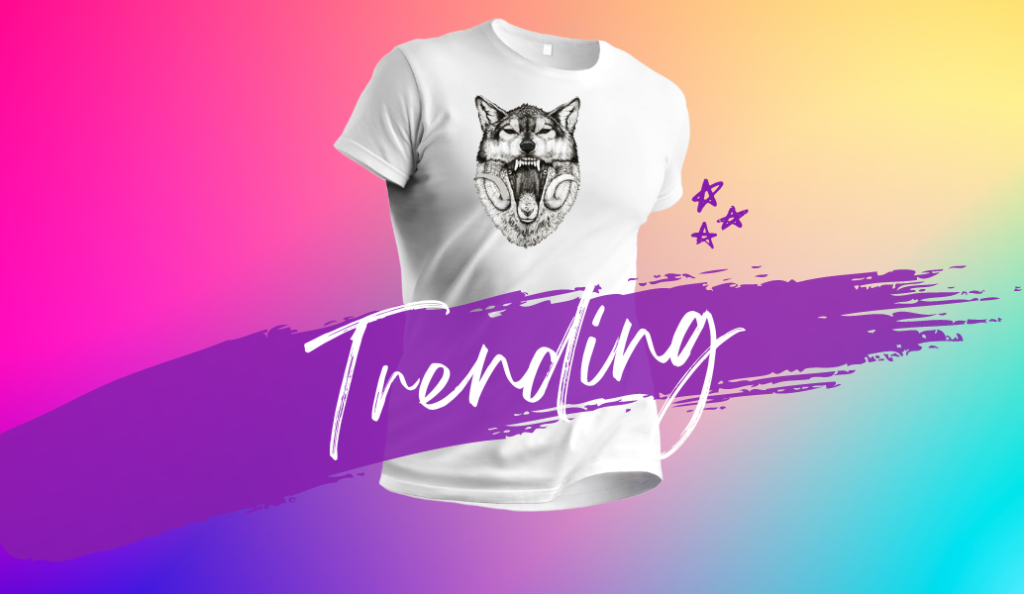
Response ➠ Emotion
Consider the following definition of user experience design (UX design): “User experience design” refers to the practice of taking into account how a user interacts with and reacts to an interface, service, or product. That is an expression of an emotion. The goal of user experience designers is not only to create products that are usable and functional but also to produce a particular emotional effect on the user while they are using a product (typically a positive one:) and to try to maintain that effect throughout the user’s journey through the product.
When we speak of emotional design, we are referring to the way in which the design of a product, or the user’s contact with the product, has an effect on the user. In the context of digital design, this impact occurs on a moment-to-moment basis while the designer is “in the flow,” and it activates three distinct levels in the brain: the visceral, the behavioral, and the reflective levels. There is an interval of time between each of these levels: initially, it is behavioural, then it is visceral, and finally, it is introspective. But I’ll talk more about this in a while.
Aesthetics and Perceived Usability
At the beginning of the 1990s, two Japanese researchers investigated two distinct control layouts for automated teller machines (ATMs). They wanted to investigate the relationship between “perceived utility” and aesthetics. The functionality of each iteration of the automated teller machines was the same as the others; however, some of the interfaces were more appealing than others. The researchers came to the conclusion that the ones with aesthetically pleasing user interfaces were rated as being easier to use or “functioned more effectively.”
Braun was a tremendously successful design and manufacturing firm that was formed in Germany about a century ago. The company was known for its sophisticated and understated designs, which charmed people all around the world. Because they were not only practical but also uncomplicated, elegant, and attractive, utilizing them was a pleasurable experience. Image source: Pinterest
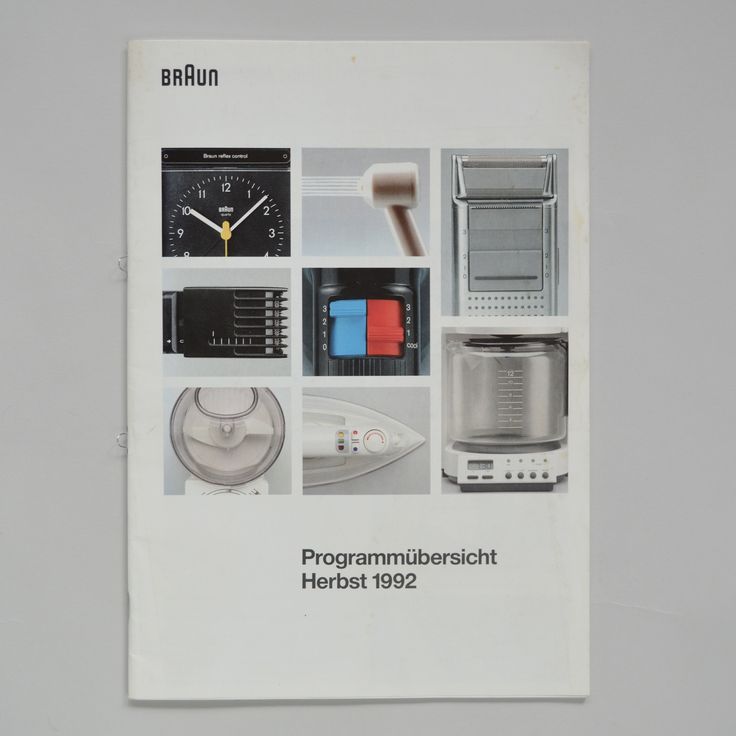
The Emotional Design Pyramid
The Emotional Design Pyramid is a paradigm that describes the three layers of design that effect a user’s emotional response to a product or service. This response might be positive, negative, neutral, or ambivalent. Visceral, Behavioral, and Reflective are the three levels that are present.
The Visceral level is the initial impression level, and it focuses on the aesthetic and sensory design of the product or service. This level is the first step in the customer journey. It addresses the aesthetics of the product or service as a whole, including its colour, sound, and visual design.
The Behavioral level examines how simple, helpful, and effective the product is. This level also examines the usability and functionality of the product or service being evaluated. It is centred on the experience that the user has with the product or service, how well it satisfies the user’s needs, and how it makes their lives easier overall.
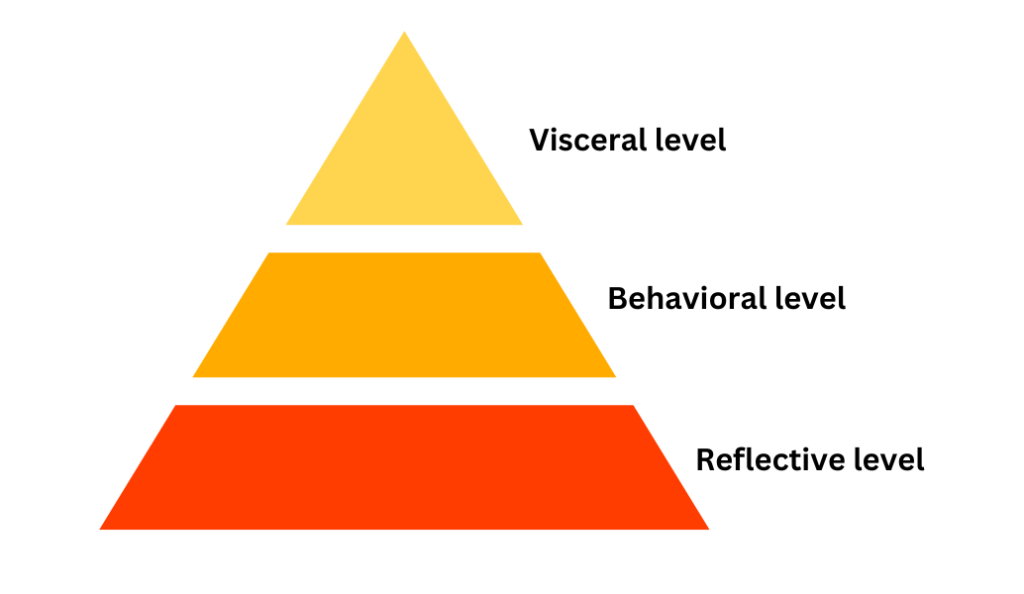
At the Reflective level, the focus is on the emotional connection that the user has developed with the product or service being evaluated. It discusses the user’s emotional reaction, how the product or service makes the user feel, and how the user’s identity and values are affected by the product or service.
CRM has the potential to play a part in the Reflective level by assisting businesses in gaining a better understanding of the emotional connection that their customers have with their product or service. Businesses can then use this knowledge to enhance the customer experience and forge a deeper emotional connection with their clientele.
Emotions and The Brain
Negative events train the brain to concentrate on what went wrong; as a result, they constrict the mental process, causing people to feel worried and tight. We do not have the sense that we are “in the flow.” We are experiencing feelings of confinement and frustration. When a website or app is poorly designed and does not perform up to standards, the frustration that is initially felt can quickly turn into fury.
This phenomenon is referred to as “computer fury.” Our heart rate quickens, we click away from the site, and in a fit of annoyance, we remove the application. This is an example of “design went awry,” which has resulted in a strong feeling being evoked. A strong emotive design can elicit both pleasure and a feeling of safety and protection for the user.
Checklist to evaluate your current communication strategy
As a communications strategist, I have to face the fact that most communication strategies fail, whi
Creating a better customer experience with behavioral design
Today’s business world is very competitive, so companies must develop new ways to stand out fr


